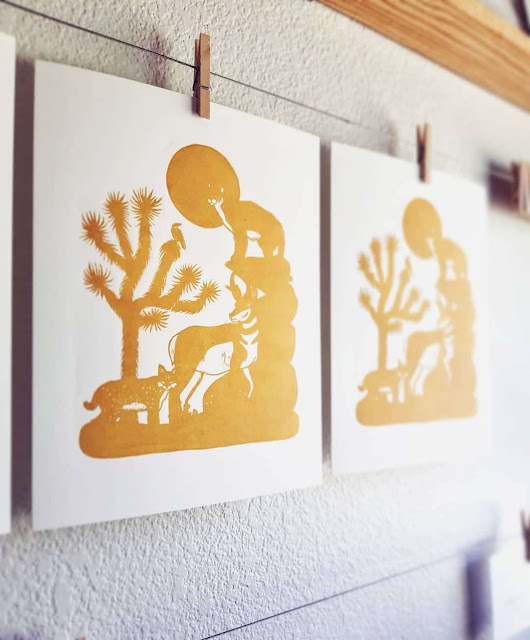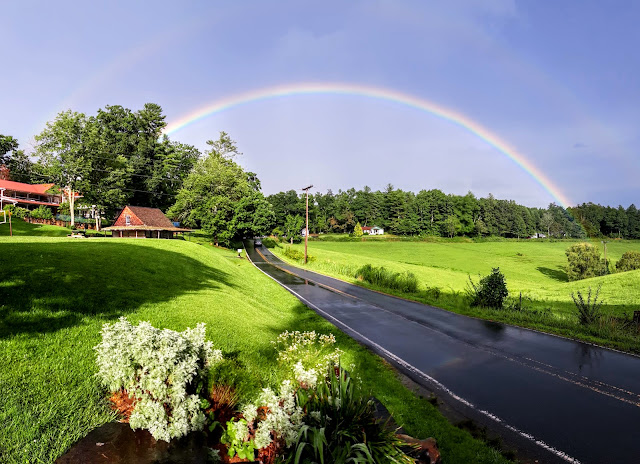As an artist who draws great inspiration from my environment and love of nature, I'm forever contemplating ways to utilize my creative abilities to help educate and advocate for a healthier Earth. One issue that has especially weighed on my heart and mind this year is the current rate of species extinction. Especially troubling is the fact that some scientists estimate as much as 99% of the extinction crisis is being driven by human activity.
It's a big problem, one that's currently unfolding right in my own backyard.
The San Joaquin Kit Fox (Vulpes macrotis mutica) and Bakersfield Cactus (Opuntia basilaris var. treleasei) are both are listed as federally endangered, largely due to habitat loss associated with human development. Both are native to the part of California where I live. To me, they represent why wildland conservation and conscientious stewardship are so critical to maintaining rich biodiversity and a healthy ecosystem. I've depicted them here in a graphic style as a dual reduction print, meaning a second block was carved and printed to incorporate a layer of cool color on top of the warm hues.
I love where I come from and all of the life this land supports, and I believe it's possible to create solutions that allow both humans and nature to thrive. And as disheartening as it is to witness such great loss of life and land, my spirit is buoyed by the belief in a future in which we value our Home and all of its inhabitants enough to protect and preserve it to the fullest extent
of our human ability.
The finished print
It's a big problem, one that's currently unfolding right in my own backyard.
The San Joaquin Kit Fox (Vulpes macrotis mutica) and Bakersfield Cactus (Opuntia basilaris var. treleasei) are both are listed as federally endangered, largely due to habitat loss associated with human development. Both are native to the part of California where I live. To me, they represent why wildland conservation and conscientious stewardship are so critical to maintaining rich biodiversity and a healthy ecosystem. I've depicted them here in a graphic style as a dual reduction print, meaning a second block was carved and printed to incorporate a layer of cool color on top of the warm hues.
I love where I come from and all of the life this land supports, and I believe it's possible to create solutions that allow both humans and nature to thrive. And as disheartening as it is to witness such great loss of life and land, my spirit is buoyed by the belief in a future in which we value our Home and all of its inhabitants enough to protect and preserve it to the fullest extent
of our human ability.
The finished print
Block One, Color One: Inked and ready to print.

Due to the nature of reduction printmaking, the block is gradually destroyed with each layer of carving. Therefore, an edition of prints is limited to the number of copies made in the very first round of printing.

Progress photo showing the print with two layers of colors, printed in two stages utilizing two separate blocks.
Transferring the Key Block (the black outline that has been carved from Block One) to Block Two. Use of a print jig and registration tabs ensure that all of the blocks are in perfect alignment as separate layers are printed on top of one another.
So much thought and care go into every print, from the first sketch to the final execution. I love the process of printmaking and all of the fun little puzzles it requires my brain to solve.
So much thought and care go into every print, from the first sketch to the final execution. I love the process of printmaking and all of the fun little puzzles it requires my brain to solve.




















